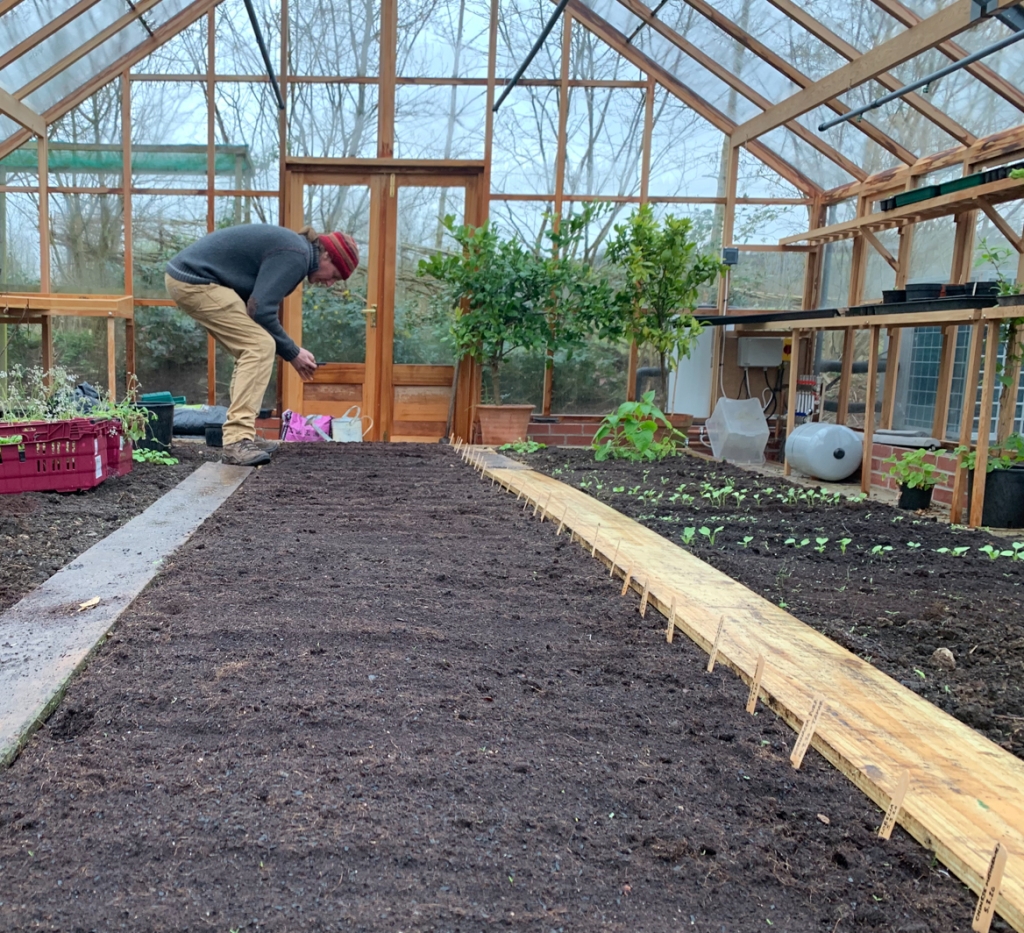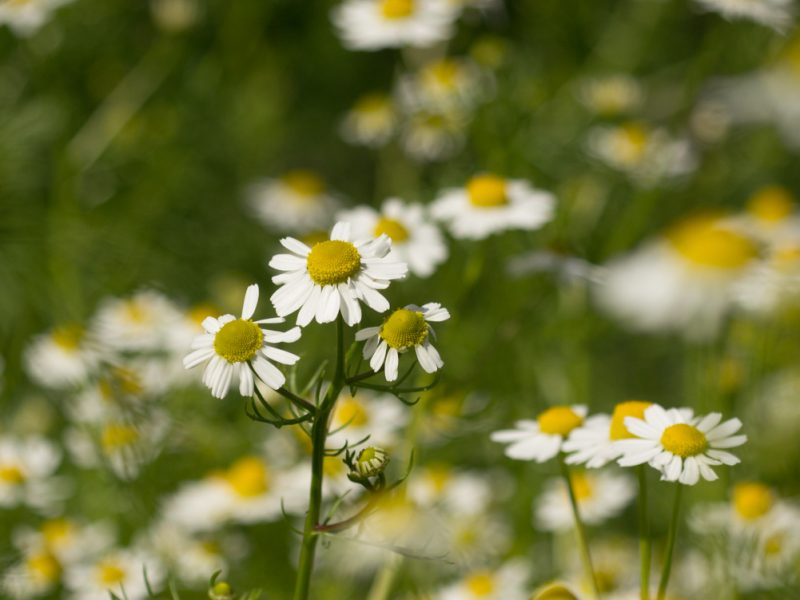When should I sow my seeds?
Many herb seeds – like vegetables – are best sown in the spring or early Summer. But some herbs can also be sown in late Summer, Autumn or Winter, or require some kind of treatment in very early Spring to break their dormancy [see post on stratification]. Other species, such as basil, are easy to germinate and – given the right conditions – can be sown at any time of the year.
The easiest way to check which herbs can be sown at a given time of year is to explore the ‘sowing time’ filter in the seed pack shop page. There is nothing more disappointing than buying lots of seed packs only to discover they were supposed to be sown three months earlier.
The correct sowing time will of course depend on whether you are sowing indoors or directly into a garden bed. Many seeds will only germinate once the soil reaches a certain temperature, which means that you might be able to germinate seeds in a greenhouse (or heated propagator) in March, but would have to wait until mid-April before it can be sown outdoors.
Another reason to delay sowing outdoors is that young seedlings can easily be damaged or killed by a heavy frost. If you do sow early, always keep an eye on the weather forecast and take measures to protect your plants if you can (pots can be moved indoors, or you can cover the plants in horticultural fleece).


We can learn a lot about when to sow seeds by observing the natural cycles of plants in the garden. Anyone who has grown valerian or chamomile, for example, will know that they are prolific self-seeders, germinating soon after the seeds mature and fall to the ground in mid to late summer. This is something we can replicate, resulting in small but healthy plants that are well prepared to survive the winter and get a head-start the following Spring.
Generally speaking, late summer sowings work well for biennials (such as milk thistle, mullein, evening primrose, wild lettuce and woad), hardy annuals (such as calendula, chamomile, and California poppy), and some hardy perennials (such as valerian, thyme, oregano, and hyssop). These plants naturally form small rosettes or crowns in autumn, which overwinter and give you a head-start the following spring. If you live somewhere that experiences very cold winters it can help to ‘overwinter’ young summer-sown plants in a greenhouse or on a window-sill to protect them from frost.
Angelica is an exception to the rule; it is a biennial and anyone who has grown it will know that it can self-seed prolifically in the summer, but once the seed has been dried (which is essential for storage) it usually requires stratification to break its dormancy (more on that below). For that reason, we recommend sowing it in the Autumn or early Spring (see Angelica page for more details).
The main challenge with sowing in the summer is that seed trays are far more prone to drying out. So, if the weather is hot, sometimes it’s best to keep seed trays in the shade, or you can sprinkle a little covering of vermiculite on the surface to help reduce evaporation and retain moisture. And of course, if possible, set up an automated watering system, especially if you plan to go away for a few days.
And finally, there are a few herbs such as marshmallow and meadowsweet that can be sown outdoors in the Autumn or early winter; the seed is exposed to cold and wet conditions over the Winter, which is exactly what it requires to break its dormancy so that it will germinate in the Spring. This method does come with the risk of losing some of your seeds to hungry rodents, birds and squirrels at a time when their food sources are limited; a safer alternative is to mix the seeds in damp sand or compost and leave them in a sealed bag in the fridge for several weeks to a few months, depending on the species, prior to sowing. More on this in our post on stratification.



